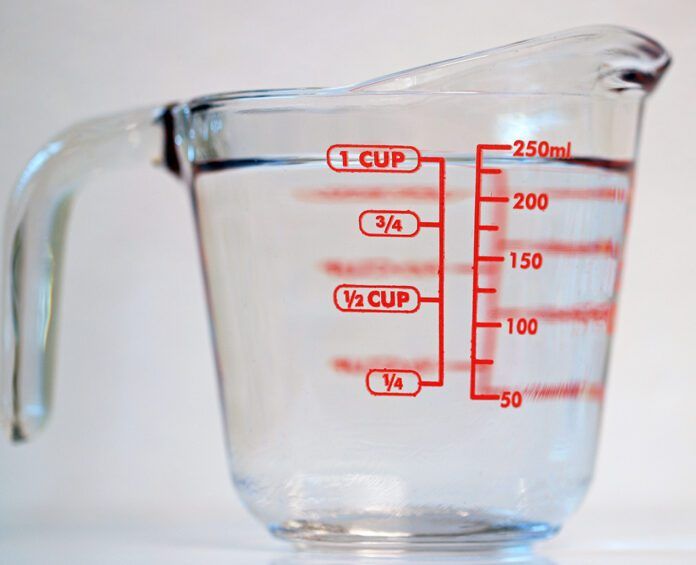How long a dog can go without peeing is determined by bladder size. Normal, healthy dogs produce about 2 to 4 milliliters (mL) of urine per pound of body weight every hour. Our dog for this example is Fido, a 10-pound Miniature Pinscher. Fido will make about 20 to 40 mL of urine every hour. That’s about 480 to 960 mL of urine every day!
The average dog’s bladder will begin to expand once it contains about 16 to 22 mL of urine per pound of body weight. When a bladder starts to expand, neurons in the bladder wall send signals to the brain that say, “Hey! I’m starting to fill up with urine! Tell the dog to go pee so I can be empty again.”
Ten-pound Fido will start to feel the urge to pee when his bladder contains between 160 and 220 mL of urine. If his body produces urine at the maximum rate of 40 mL per hour, he may want to pee in as few as four hours (when his bladder contains160 mL of urine). If, in contrast, he produces urine at the lowest average rate (2 mL per pound of body weight per hour), and he can withstand the urge to pee until his bladder is as full as possible (220 mL), he could go up to 11 hours before having the urge to urinate.
It’s important to note that every dog’s ability to withstand the discomfort of a full bladder is different!
HOW MUCH CAN A DOG’S BLADDER HOLD?
An average dog’s bladder can hold about 44 mL of urine per pound of body weight. For Fido, our 10-pound dog, this would be about 440 mL of urine. It would take between 11 and 22 hours for Fido to make that much urine. At this volume, Fido’s bladder would be stretched to the point of being painful. If he can’t go outside or use a pee pad, he is likely going to find a convenient place to relieve himself – like the living room rug! (And who would blame him?)
HOW LONG CAN A DOG GO WITHOUT PEEING?
The general rule of thumb for normal, healthy dogs is to let them outside to pee every 4 to 8 hours, except at night. Most dogs are able to sleep through the night without having to pee. Their urine production slows down overnight because they are sleeping and not consuming water.
Puppies and senior dogs will need to pee more often. Puppies make more urine in a shorter period of time than adult dogs. And senior dogs feel the urge to urinate more often than they did in their younger days.
Medical conditions that cause your dog to drink more water will result in your dog having to pee more often. This includes diabetes mellitus, hyperadrenocorticism (Cushing’s disease), bladder infections, and chronic kidney disease. Increases in activity level or the ambient temperature will also increase water consumption, resulting in more frequent urination.
If your dog has trouble “holding it” for less than the amount of time that his bladder should start to expand, it would be wise to schedule a checkup with his veterinarian.





